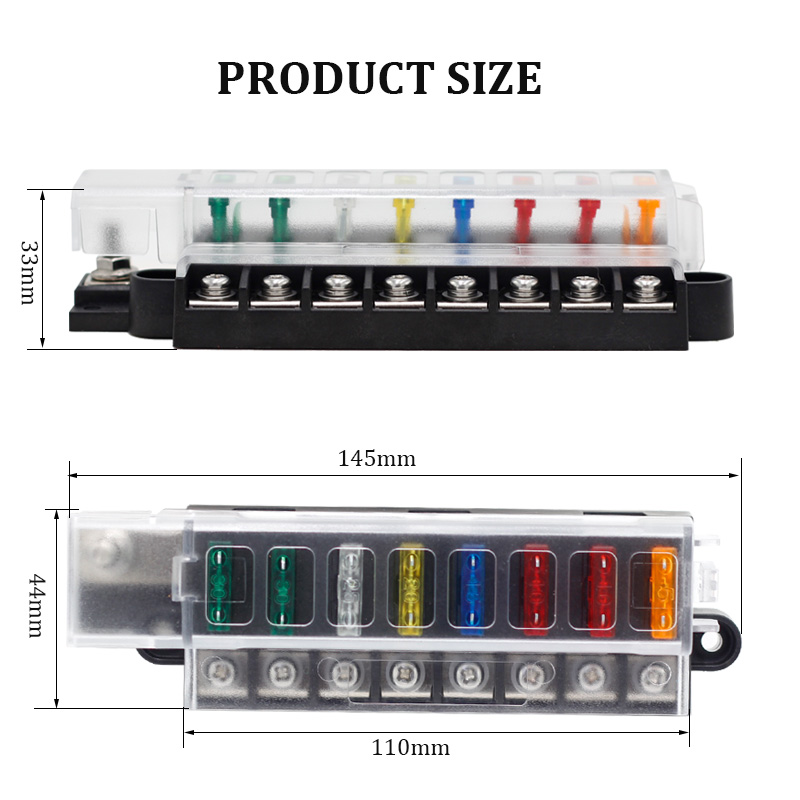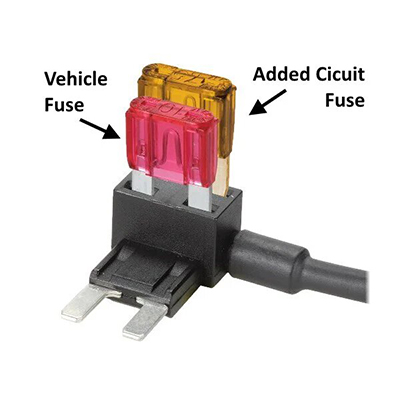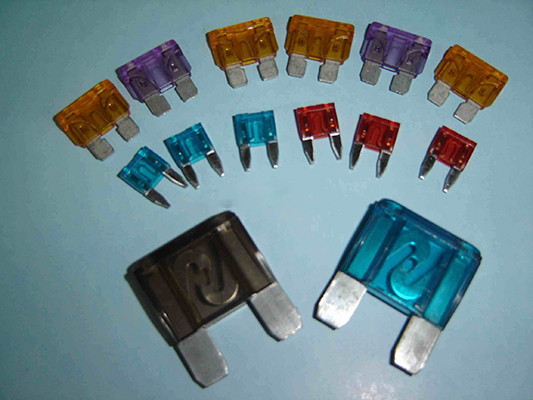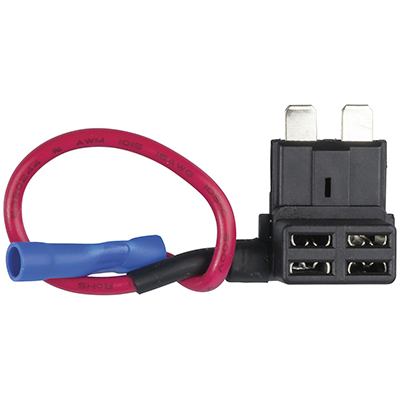Selecting the Correct Car Fuse Holder Size for Safe 12V to 110V Inverter Conversions
News 2025-10-20
When converting 12V DC power from a car battery to 110V AC for running household appliances, choosing the right fuse holder is crucial for safety and efficiency. Inverters are commonly used in vehicles for powering devices like laptops, refrigerators, or tools during road trips or emergencies. A properly sized fuse holder protects against short circuits and overloads, preventing potential fires or damage to the electrical system. Understanding the specifications ensures compatibility with the inverter’s power requirements and the vehicle’s wiring. This guide focuses on selecting fuse holders that meet industry standards for reliability in automotive applications.

Understanding Fuse Holder Specifications
Key specifications include amperage rating, voltage compatibility, and material quality. For 12V systems converting to 110V, fuse holders should handle at least the inverter’s maximum current draw, typically measured in amps. Common sizes range from 30A to 300A, with materials like polycarbonate or metal providing durability against heat and vibration. Selecting a holder with IP67 rating ensures water resistance, ideal for automotive environments. Proper sizing also involves matching the fuse type, such as blade or ANL fuses, to avoid improper fits that could lead to failures.
Benefits of Correct Sizing
Using the appropriate fuse holder size enhances safety by interrupting current flow during faults, reducing fire risks in confined spaces like engine compartments. It also improves system longevity by minimizing voltage drops and heat buildup, which can degrade wires and components over time. Performance-wise, a well-sized holder supports efficient power delivery, ensuring the inverter operates at peak efficiency during high-demand scenarios. This reliability is essential for applications requiring consistent power, such as medical devices or navigation systems in remote areas.
Common Application Scenarios
Fuse holders are vital in various settings, including RVs for running air conditioners, trucks for powering hydraulic lifts, or emergency kits for backup lighting. In off-grid adventures, they safeguard conversions when charging batteries or operating tools. For instance, in a camper van setup, a correctly sized holder prevents overloads when multiple devices are connected. These scenarios highlight the holder’s role in maintaining system integrity under dynamic conditions, such as fluctuating loads or environmental stresses.
Frequently Asked Questions
1. What size fuse holder is needed for a 1000W inverter?
Answer: For a 1000W inverter at 12V, a fuse holder rated for at least 100A is often required; always check the inverter’s manual for precise current ratings.
2. Can a standard fuse holder work for all 12V conversions?
Answer: No, it must match the specific voltage and amperage needs; using an underrated holder can cause failures or hazards.
3. How should I install a fuse holder in a car?
Answer: Mount it close to the battery with secure connections, use appropriately gauged wires, and ensure the fuse matches the holder’s rating for optimal safety.


